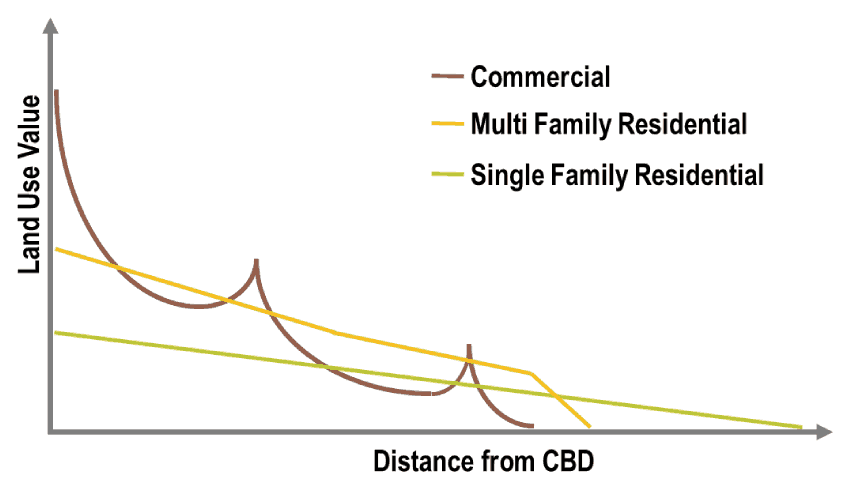Contents:


By ensuring that these three elements balance, accountants can make sure that the financial statements are correct. A company pays for assets by either incurring liabilities or by obtaining funding from investors (which is the Shareholders’ Equity part of the equation). Thus, you have resources with offsetting claims against those resources, either from creditors or investors. All three components of the accounting equation appear in the balance sheet, which reveals the financial position of a business at any given point in time. The accounting equation shows on a company’s balance that a company’s total assets are equal to the sum of the company’s liabilities and shareholders’ equity. Similarly, when a company takes out a business loan, the borrowed money leads to an increase in assets.
On January 3, Joe purchased an office table for his company, which cost him $5,000. We want to increase the asset Cash and decrease the asset Accounts Receivable. Metro Corporation earned a total of $10,000 in service revenue from clients who will pay in 30 days.
Why is the accounting equation important?
This transaction affects both sides of the accounting equation; both the left and right sides of the equation increase by +$250. Bankrupt, its assets are sold and these funds are used to settle its debts first. Only after debts are settled are shareholders entitled to any of the company’s assets to attempt to recover their investment. However, equity can also be thought of as investments into the company either by founders, owners, public shareholders, or by customers buying products leading to higher revenue. A general ledger is a record-keeping system for a company’s financial data, with debit and credit account records validated by a trial balance.
How Food And Beverage Companies Can Deal With Inflation’s Impact On Margins – Forbes
How Food And Beverage Companies Can Deal With Inflation’s Impact On Margins.
Posted: Thu, 13 Apr 2023 11:56:08 GMT [source]
To record capital contribution as stockholders invest in the business. Although financing and accounting complement and rely on each other, they are distinct. If you’re interested in pursuing a future in accounting, we can help. Explore ouraccounting degree programs, including ourBachelor’s in Accounting, Master’s in Accountingor MBA with a Specialization in Accounting. Revenue is what your business earns through regular operations. Expenses are the costs to provide your products or services.
One is to consider equity as any assets left over after deducting all liabilities. In fact, the equation for determining how much equity a company has is subtracting the company’s liabilities from its assets. Assets typically hold positive economic value and can be liquified in the future. However, some assets are less liquid than others, making them harder to convert to cash.
When you do the calculation, that means you should have $200 left in cash ($400 cash in from sales less $200 cash out from expenses). As transactions occur within a business, the amounts of assets, liabilities, and owner’s equity change. Assets pertain to the things that the business owns that have monetary value. Examples of assets include, but are not limited to, cash, equipment, and accounts receivable. An income statement is prepared to reflect the company’s total expenses and total income to calculate the net income for different purposes.
A trial balance shows a list of all debit and credit entries. The equation helps support the double-entry accounting system which indicates that every entry has an opposing credit entry. The rationale is that the assets belonging to a company must have been funded somehow, i.e. the money used to purchase the assets did not just appear out of thin air to state the obvious. The sale of ABC’s inventory also creates a sale and offsetting receivable. This increases the receivables account by $6,000 and increases the income account by $6,000.
Gross Profit Margin
Examples of equity recognized in a company’s financial statements include retained earnings and ordinary share capital. Due to the nature of the accounting formula, other elements can be moved around as needed to solve for unknown variables. For instance, if you did not know the equity of the company but did know its liabilities and assets, you could subtract liabilities from assets in order to determine the equity. The accounting equation, also known as the balance sheet equation, is the foundation of double-entry bookkeeping. The equation states that a company’s assets must equal its liabilities plus shareholders’ equity.
- To record capital contribution as stockholders invest in the business.
- All such information is provided solely for convenience purposes only and all users thereof should be guided accordingly.
- Companies compute the accounting equation from their balance sheet.
Thus, the asset and liability sides of the transaction are equal. This increases the fixed assets account and increases the accounts payable account. The accounting equation relies on a double-entry accounting system. In a double-entry accounting system, every transaction affects at least two accounts.
Why Is the Accounting Equation Important?
We want to increase the asset Cash and increase the equity Common Stock. We follow ethical journalism practices, which includes presenting unbiased information and citing reliable, attributed resources. Much of our research comes from leading organizations in the climate space, such as Project Drawdown and the International Energy Agency . Obligations owed to other companies and people are considered liabilities and can be categorized as current and long-term liabilities. Balance SheetAssets SectionThe resources with economic value which can be sold for money post-liquidation or are anticipated to bring positive monetary benefits in the future.

Both assets and liabilities are categorized as current and noncurrent. Also highlighted are the various activities that affect the equity of the business. Graphical Representation of the Accounting Equation© Rice University is licensed under aCC BY-NC-SA license. Answers will vary but may include vehicles, clothing, electronics (include cell phones and computer/gaming systems, and sports equipment). They may also include money owed on these assets, most likely vehicles and perhaps cell phones.
Business owners with a sole proprietorship and small businesses that aren’t corporations use Owner’s Equity. Corporations with shareholders may call Equity either Shareholders’ Equity or Stockholders’ Equity. If you have just started using the software, you may have entered beginning balances for the various accounts that do not balance under the accounting equation.

And we find that the numbers do what is bookkeeping, meaning Apple has been reporting transactions accurately, and its double-entry system is working. Total all liabilities, which should be a separate listing on the balance sheet. Assets include cash and cash equivalentsor liquid assets, which may include Treasury bills and certificates of deposit. Financing through debt shows as a liability, while financing through issuing equity shares appears in shareholders’ equity. Assets represent owned resources; liabilities represent the obligations outside; and equity is the other funds. Liabilities represent the money paid and owed by the organisation to its outsiders, for example, creditors, rent, wages, etc.
If a business has $1,000 of assets and $500 of liabilities the $500 of liabilities are, in effect, a claim on the assets. Equity is the difference between the assets and liabilities, or $500. As you will see, on the left-hand side of the equation a debit increases an account, and on the right-hand side of the equation, a credit increases an account. It’s important to note that here, debit and credit are not defined by their everyday usage. Whether or not a debit or credit increases an account is indicated by these signs visible in the image below.
Influence of Sex and Sex-Based Disparities on Prevalent … – CDC
Influence of Sex and Sex-Based Disparities on Prevalent ….
Posted: Tue, 11 Apr 2023 19:29:44 GMT [source]
The https://1investing.in/ equation is important because it ensures that a company’s financial statements are in balance. This is because all transactions must be recorded in both the asset and liability or equity accounts, ensuring that the total debits equal the total credits. If the accounting equation is not in balance, then something has been incorrectly recorded and needs to be corrected.
Now consider how to account for a situation in which Shanti does not have a significant amount of cash to contribute to the business. She can afford to contribute only $100 and deposits the money into the business’s bank account. Fortunately, she also has access to a credit card that can be charged for business purchases, increasing her investment options. Owner’s draws and expenses (e.g., rent payments) decrease owner’s equity.

Refer to the chart of accounts illustrated in the previous section. There are different categories of business assets including long-term assets, capital assets, investments and tangible assets. They were acquired by borrowing money from lenders, receiving cash from owners and shareholders or offering goods or services. We calculate the expanded accounting equation using 2021 financial statements for this example. Balance Sheets shown above and the Income Statement and detailed Statement of Stockholder’s Equity in this section.
Shareholder Equity is equal to a business’s total assets minus its total liabilities. It can be found on a balance sheet and is one of the most important metrics for analysts to assess the financial health of a company. This equation should be supported by the information on a company’s balance sheet. This article gives a definition of accounting equation and explains double-entry bookkeeping. We show formulas for how to calculate it as a basic accounting equation and an expanded accounting equation. This increases the inventory account and increases the accounts payable account.
